Flat lay photography is the art of photographing an arrangement of items on a flat surface, photographing them straight down (from above). It’s a different perspective on traditional still-life photography and can give a scene a unique look. It’s also great for displaying a collection of items (such as cameras and lenses).
Use a tripod
When using a mirrorless or SLR camera, to get the best setup, you’ll want to make sure that you photograph from a tripod. Position the camera so that it is pointing straight down and is not angled in any way (you want your lens to be as perfectly perpendicular to the flat surface as possible). Any tilt of the camera could potentially add tension to the scene, especially if the tilt is in the opposite direction of the viewer.
If you are using a mobile phone for your photograph, you should be fine without using a tripod, so long as you have sufficient light and can angle the phone so that it is parallel to the surface with no camera tilt.
Light from the side
When you position your table or surface for the flat lay setup, try positioning it next to a window with natural light shining through, and avoid overhead lights. In fact, it’s best to turn off all lights in the room you are using when working with the window light. This helps prevent color casts and multiple shadows from being cast on your image. Using side lighting will add depth to the photo and give a more pleasant look.
Aperture & focus
When creating a flat lay photograph, it’s best to make sure that all of the items within the are in focus. Use a wide enough aperture so that there is no blur in the scene. The aperture you use will depend on how far away you are from the surface, as well as how tall the items are in your setup.
For example, if you have a setup with cookies on a table, and because cookies are typically quite short (less than an inch tall), you would be able to get away with a wider aperture because there is not much depth from the top of the cookie and the surface it is on. However, if you have a tall item (such as a bowl with food or a glass filled with liquid) you will need to adjust your aperture so that both the top of the item and the surface area is in focus, and will likely need to use a smaller aperture for this setup.
Composition is key
Composition is one of the most important parts of a flat lay setup. Here are some tips to help
- Position items on and off the frame: If you have several items (especially items that repeat) try positioning some of them so that they are off of the frame. This gives the photo a feeling of “more” and also helps add balance.
- Leave copy space in some setups: Whether you are photographing for yourself, art, or for a client, try to add a few setups where you have copy space in the scene. Adding copy space (blank space within the frame) allows you to add text or a logo to that area. This way you can create your own header or cover, or, if you photograph stock imagery, it allows others to find more use for it, too.
- Choose a good background: Find a surface that is not too busy but still complements the items within the frame. You can use an existing tabletop surface or purchase small boards that have imagery of certain types of surfaces (Replica Surfaces is one example).
Flat lay photography ideas
There are a lot of subjects you can use with flat lay photography. Here are a few ideas to help get you started:
- Food photography: Try setting up an entire meal and photographing it from above, or choose one type of food item (such as cookies, donuts, vegetables, etc.) and position them in a pattern on the surface. (Go here for more tips on food photography.)
- Camera and lens setup: Collect all of your camera gear for a photoshoot or trip and lay it out on the surface.
- Leaves and flowers: Pick up leaves, flower petals, acorns, and other things you can find outdoors and position them on a surface in an interesting way.
- Tell a visual story: Try adding elements to the scene that help tell a story. For example, if you cut flowers from your yard for your setup, you can also include the clippers or garden gloves within the frame to give the viewer a better sense of where the flowers came from.
Flat lay photography is the art of photographing an arrangement of items on a flat surface, photographing them straight down (from above). It’s a different perspective on traditional still-life photography and can give a scene a unique look. It’s also great for displaying a collection of items (such as cameras and lenses).
Use a tripod
When using a mirrorless or SLR camera, to get the best setup, you’ll want to make sure that you photograph from a tripod. Position the camera so that it is pointing straight down and is not angled in any way (you want your lens to be as perfectly perpendicular to the flat surface as possible). Any tilt of the camera could potentially add tension to the scene, especially if the tilt is in the opposite direction of the viewer.
If you are using a mobile phone for your photograph, you should be fine without using a tripod, so long as you have sufficient light and can angle the phone so that it is parallel to the surface with no camera tilt.
Light from the side
When you position your table or surface for the flat lay setup, try positioning it next to a window with natural light shining through, and avoid overhead lights. In fact, it’s best to turn off all lights in the room you are using when working with the window light. This helps prevent color casts and multiple shadows from being cast on your image. Using side lighting will add depth to the photo and give a more pleasant look.
Aperture & focus
When creating a flat lay photograph, it’s best to make sure that all of the items within the are in focus. Use a wide enough aperture so that there is no blur in the scene. The aperture you use will depend on how far away you are from the surface, as well as how tall the items are in your setup.
For example, if you have a setup with cookies on a table, and because cookies are typically quite short (less than an inch tall), you would be able to get away with a wider aperture because there is not much depth from the top of the cookie and the surface it is on. However, if you have a tall item (such as a bowl with food or a glass filled with liquid) you will need to adjust your aperture so that both the top of the item and the surface area is in focus, and will likely need to use a smaller aperture for this setup.
Composition is key
Composition is one of the most important parts of a flat lay setup. Here are some tips to help
- Position items on and off the frame: If you have several items (especially items that repeat) try positioning some of them so that they are off of the frame. This gives the photo a feeling of “more” and also helps add balance.
- Leave copy space in some setups: Whether you are photographing for yourself, art, or for a client, try to add a few setups where you have copy space in the scene. Adding copy space (blank space within the frame) allows you to add text or a logo to that area. This way you can create your own header or cover, or, if you photograph stock imagery, it allows others to find more use for it, too.
- Choose a good background: Find a surface that is not too busy but still complements the items within the frame. You can use an existing tabletop surface or purchase small boards that have imagery of certain types of surfaces (Replica Surfaces is one example).
Flat lay photography ideas
There are a lot of subjects you can use with flat lay photography. Here are a few ideas to help get you started:
- Food photography: Try setting up an entire meal and photographing it from above, or choose one type of food item (such as cookies, donuts, vegetables, etc.) and position them in a pattern on the surface. (Go here for more tips on food photography.)
- Camera and lens setup: Collect all of your camera gear for a photoshoot or trip and lay it out on the surface.
- Leaves and flowers: Pick up leaves, flower petals, acorns, and other things you can find outdoors and position them on a surface in an interesting way.
- Tell a visual story: Try adding elements to the scene that help tell a story. For example, if you cut flowers from your yard for your setup, you can also include the clippers or garden gloves within the frame to give the viewer a better sense of where the flowers came from.

Nicole is a photographer, published author, and educator specializing in Lightroom, Photoshop, and photography. She is best known for her books on food photography but is widely versed in various photographic genres, including landscape, nature, stock, travel, and experimental imagery.

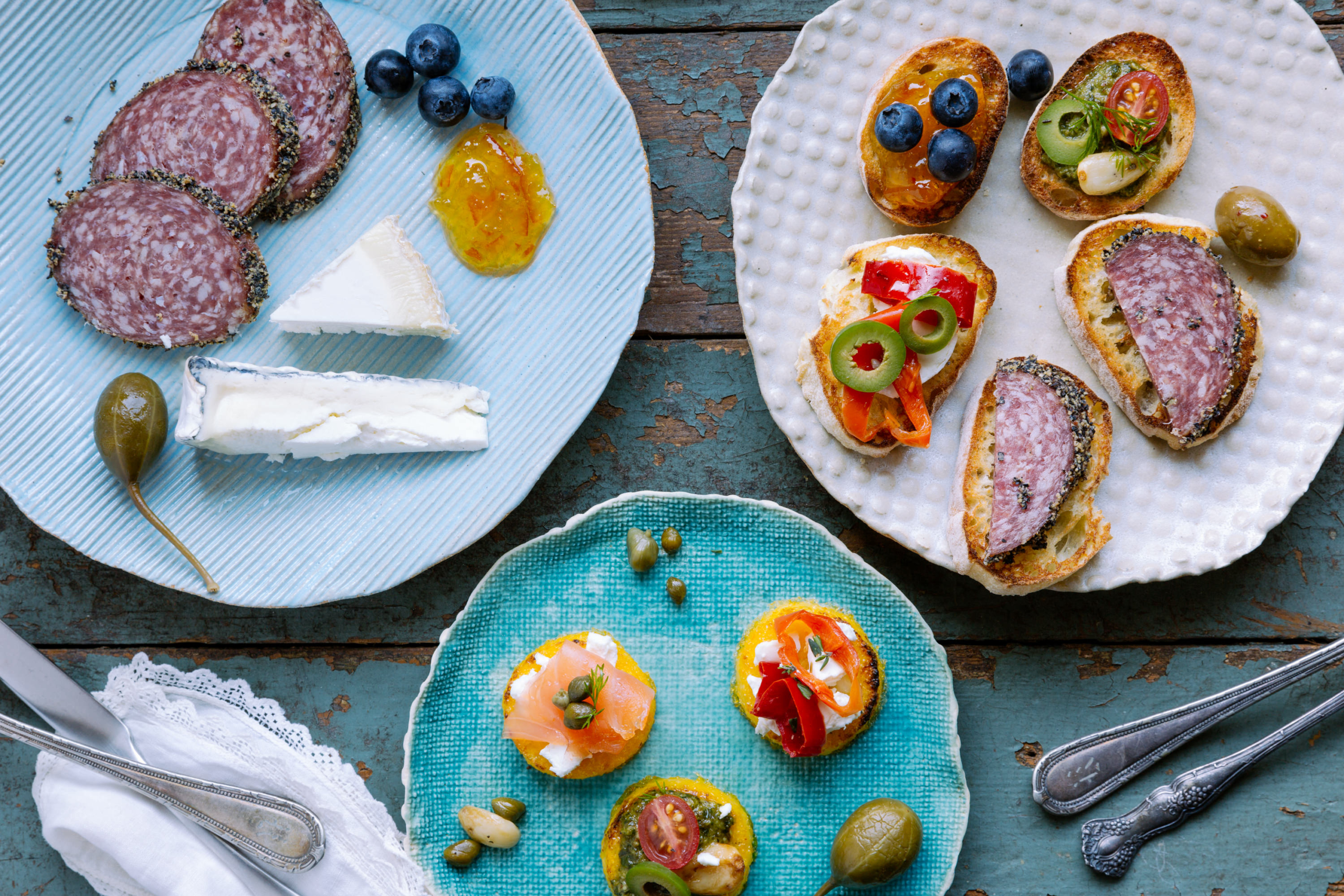
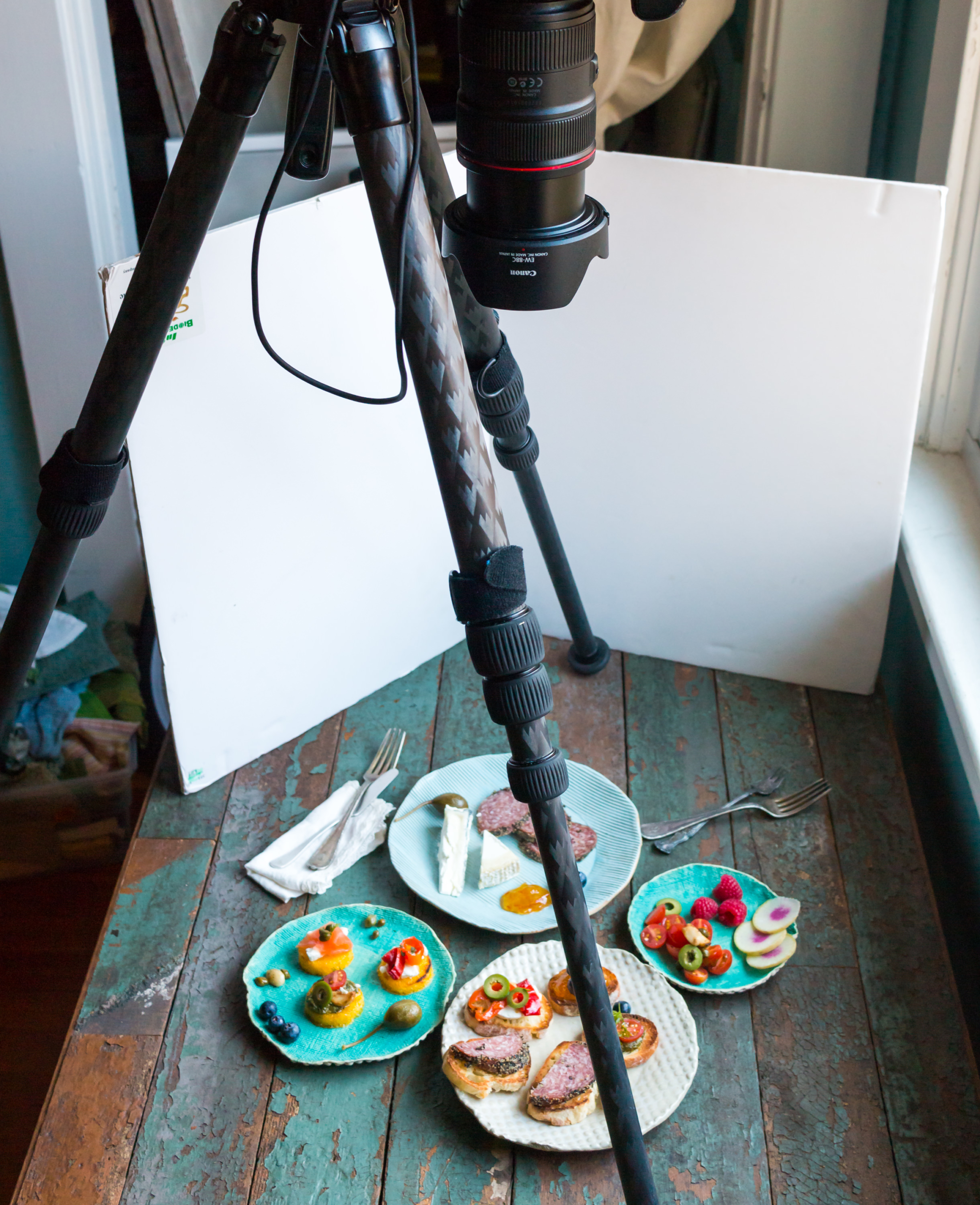
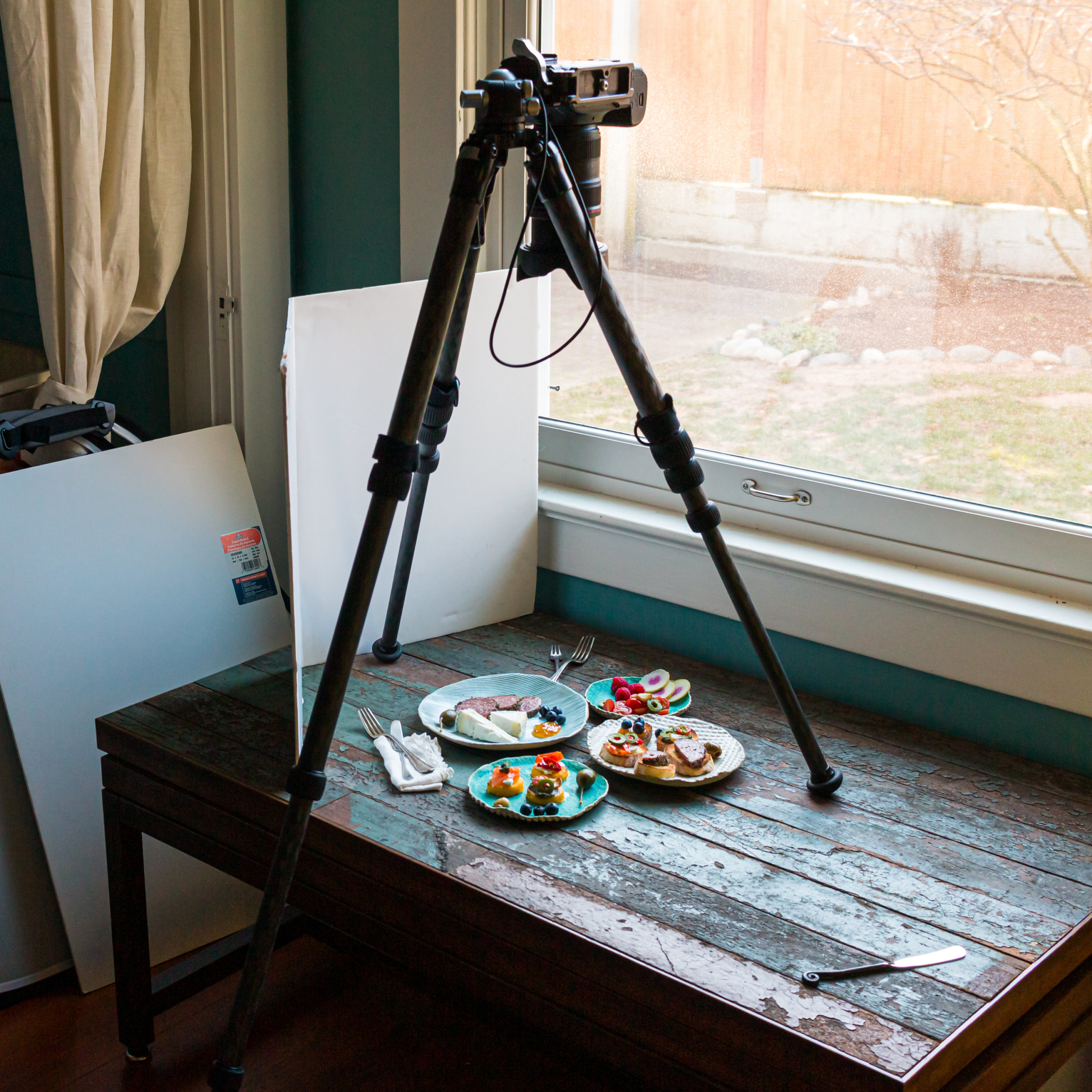
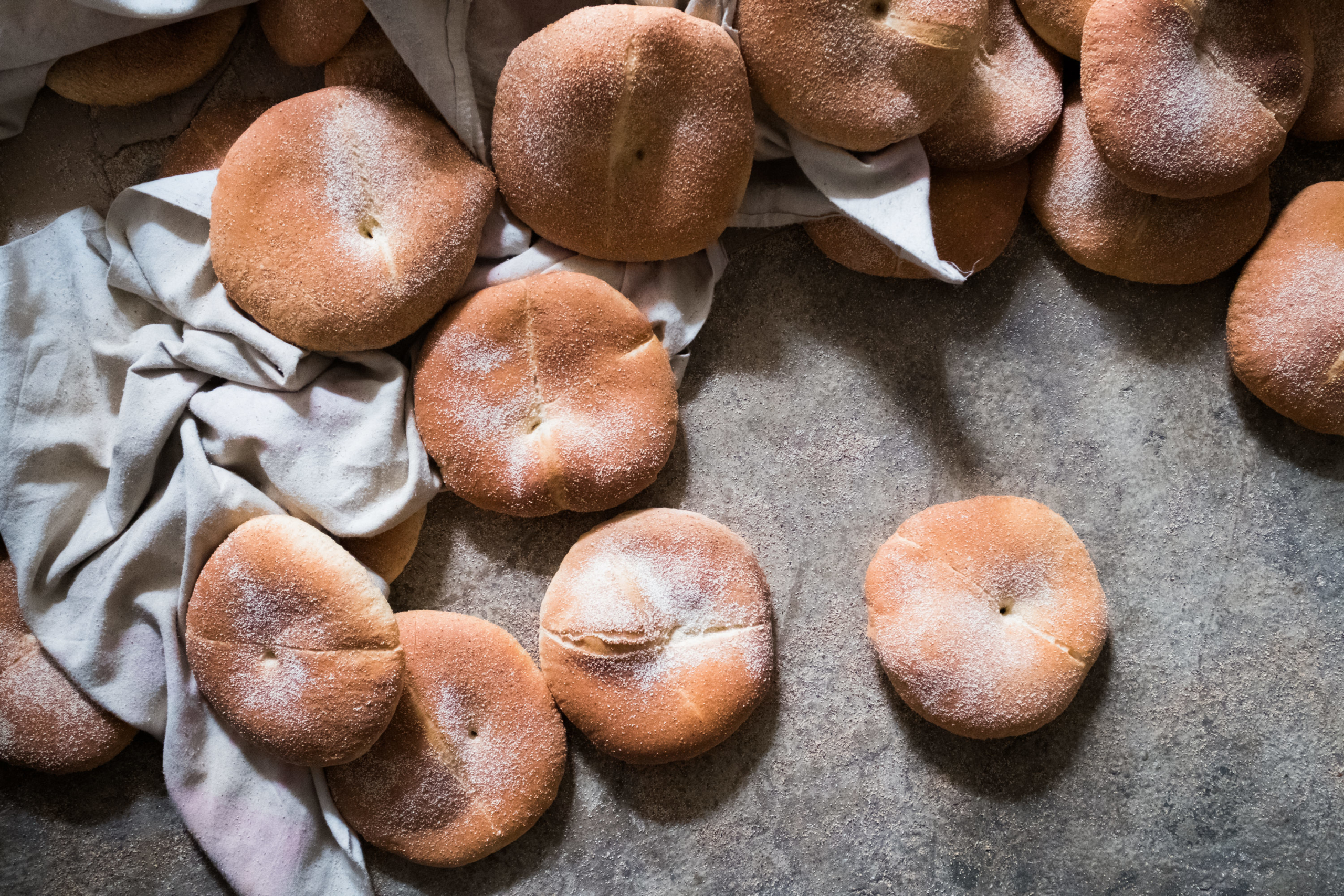
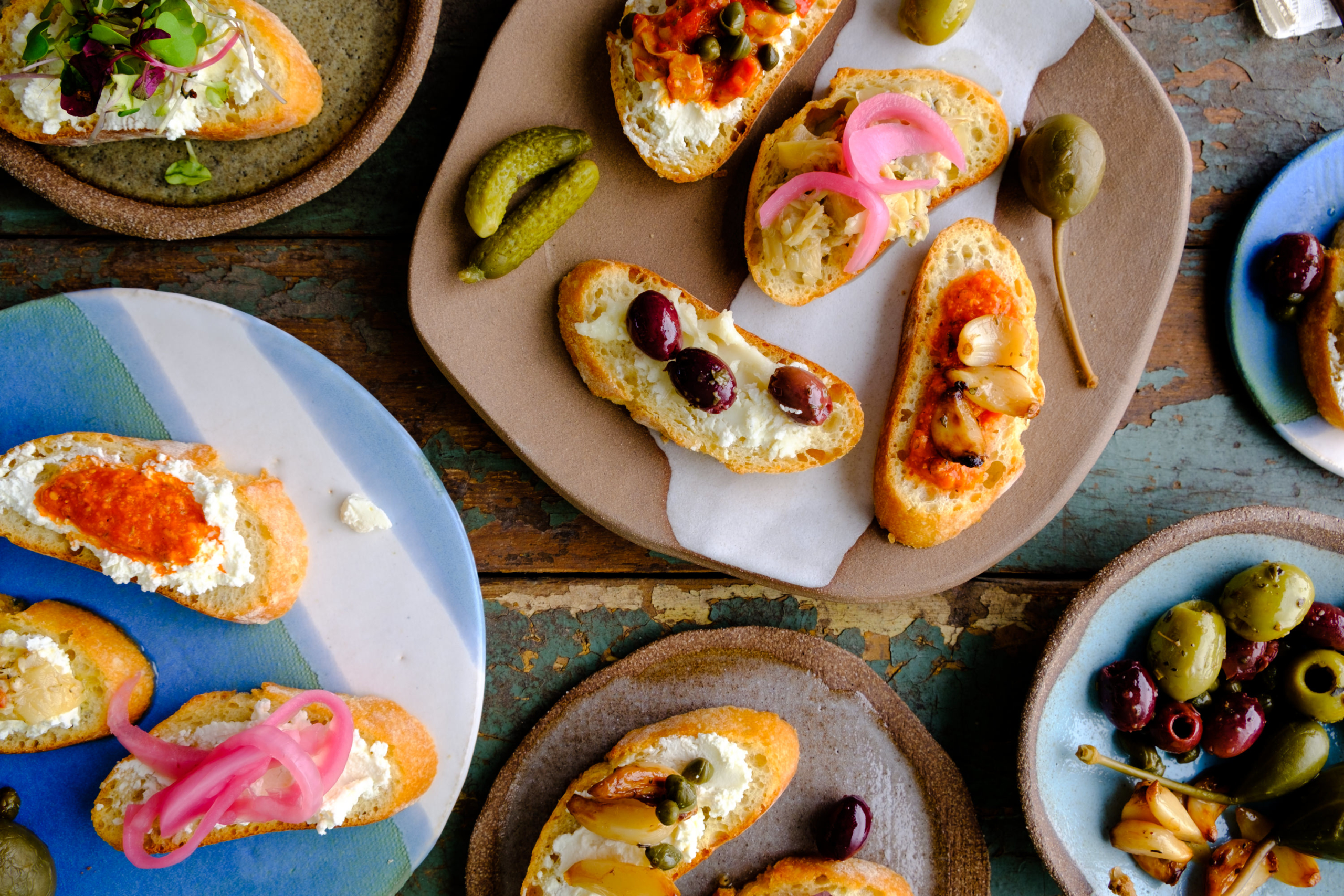
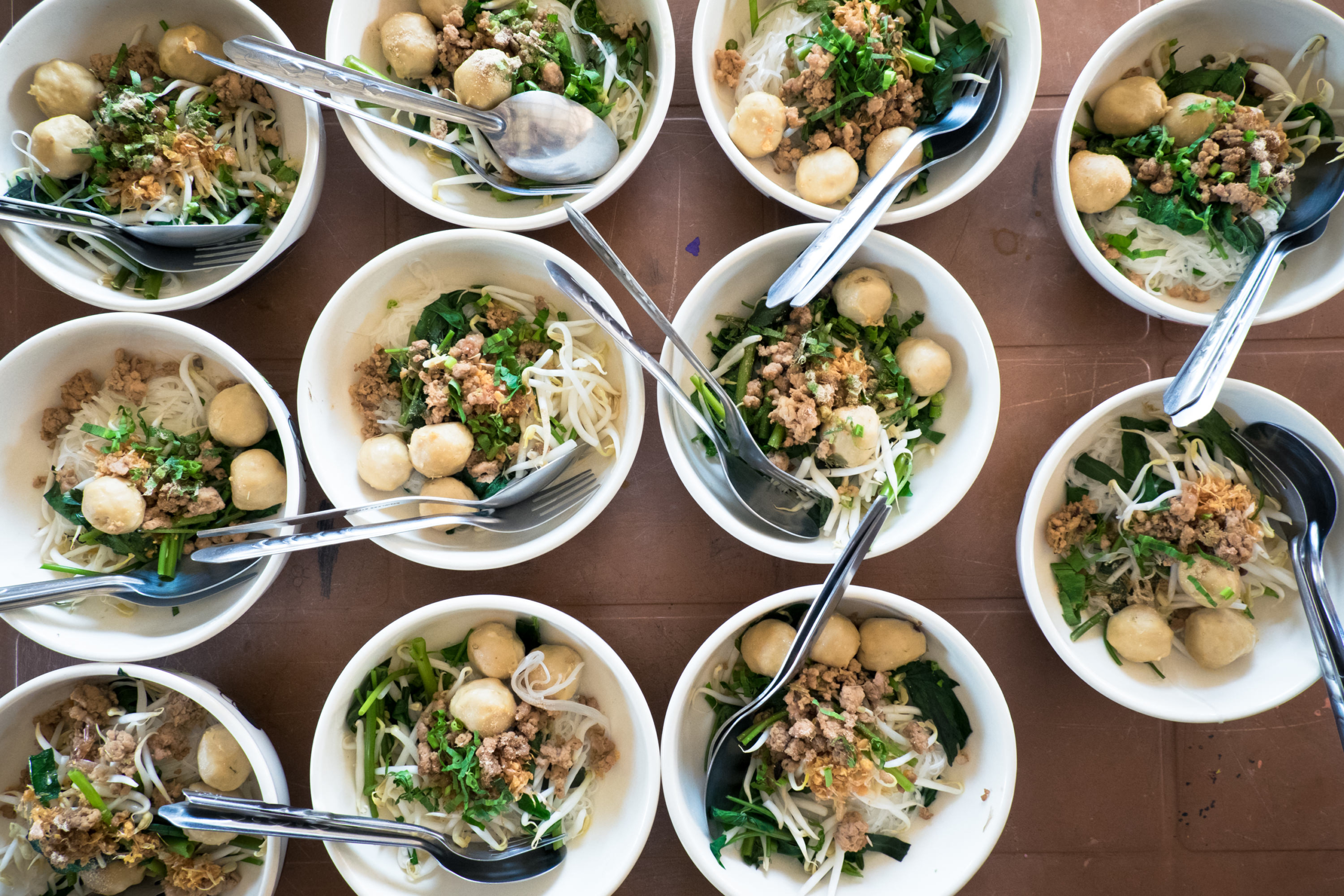
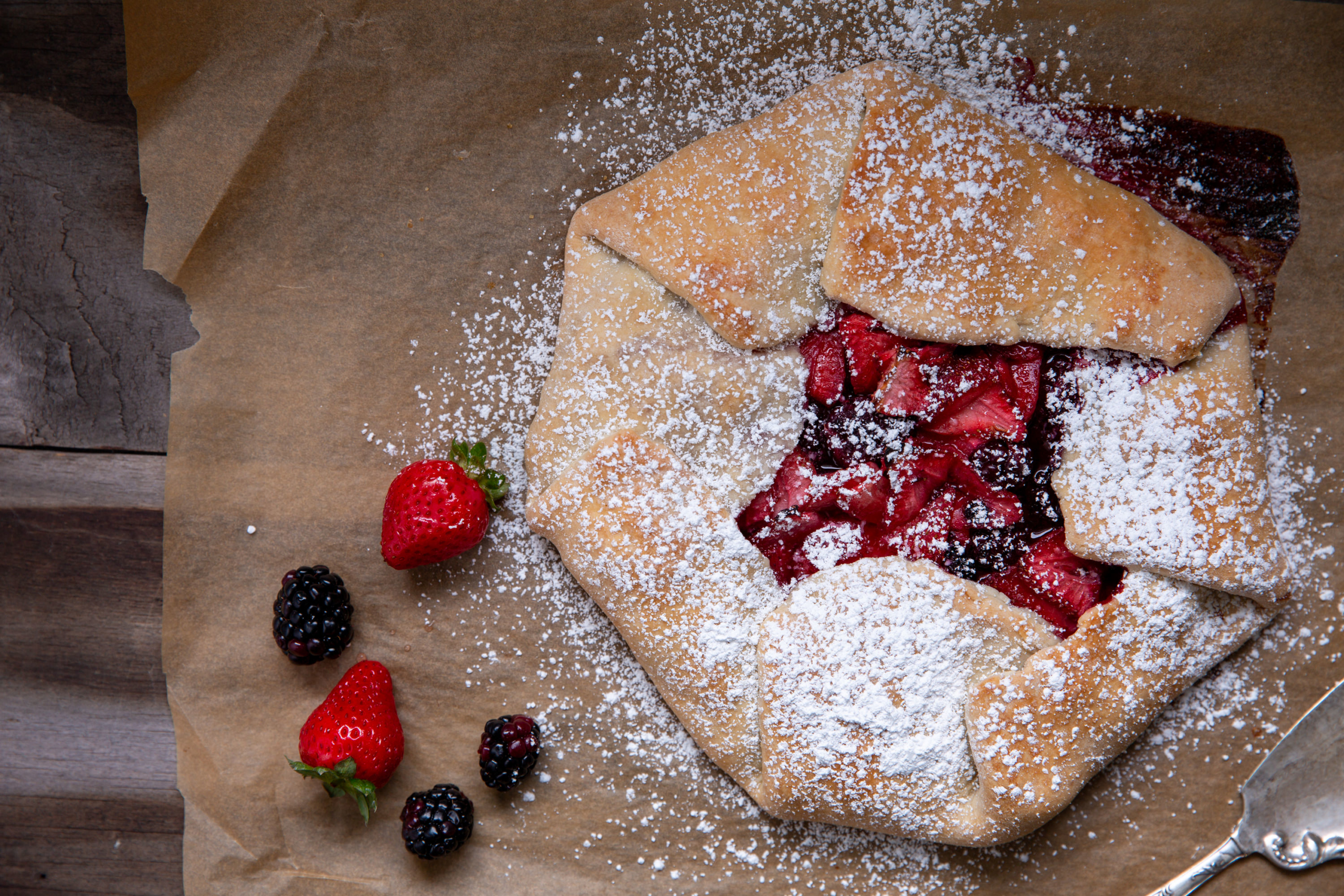
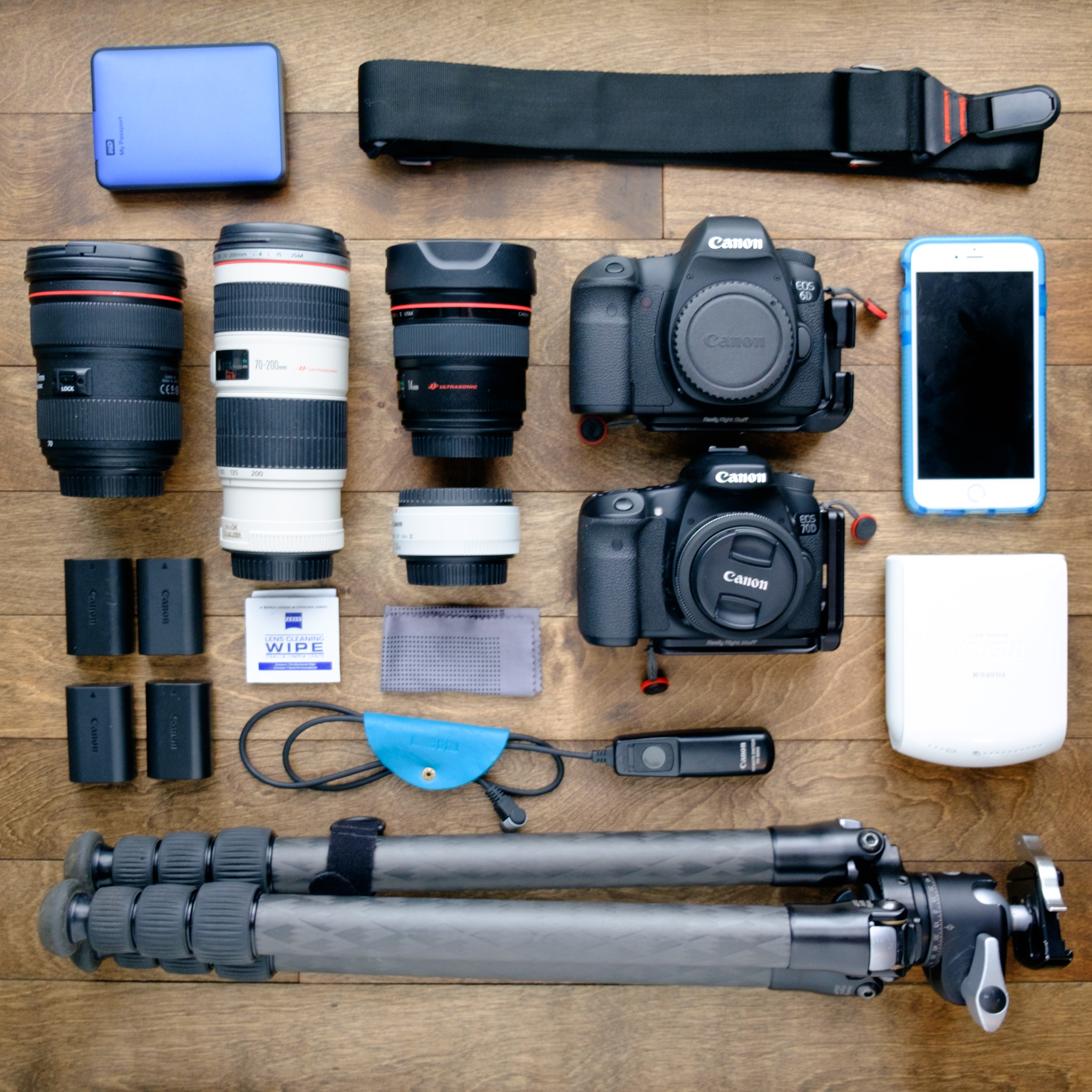
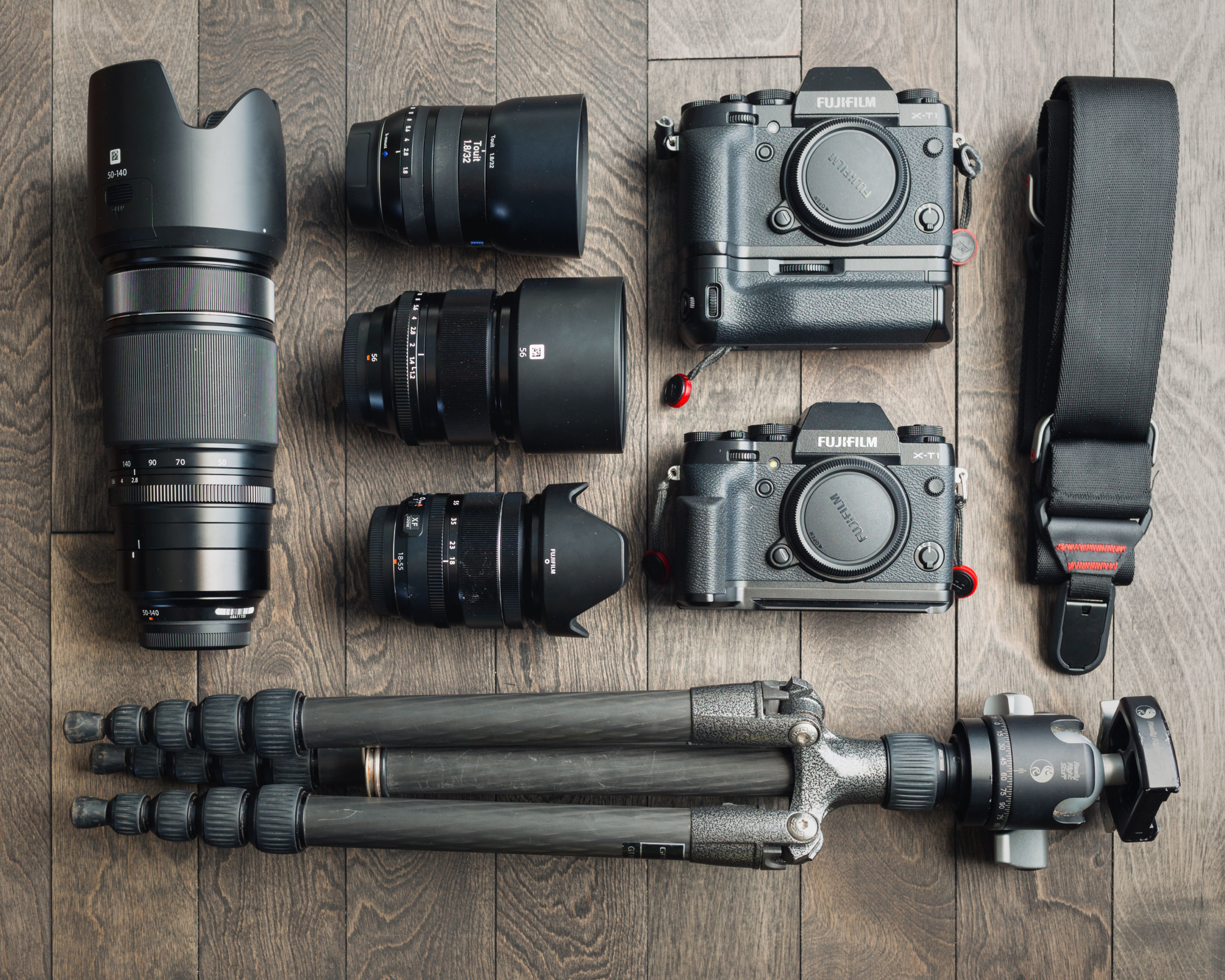
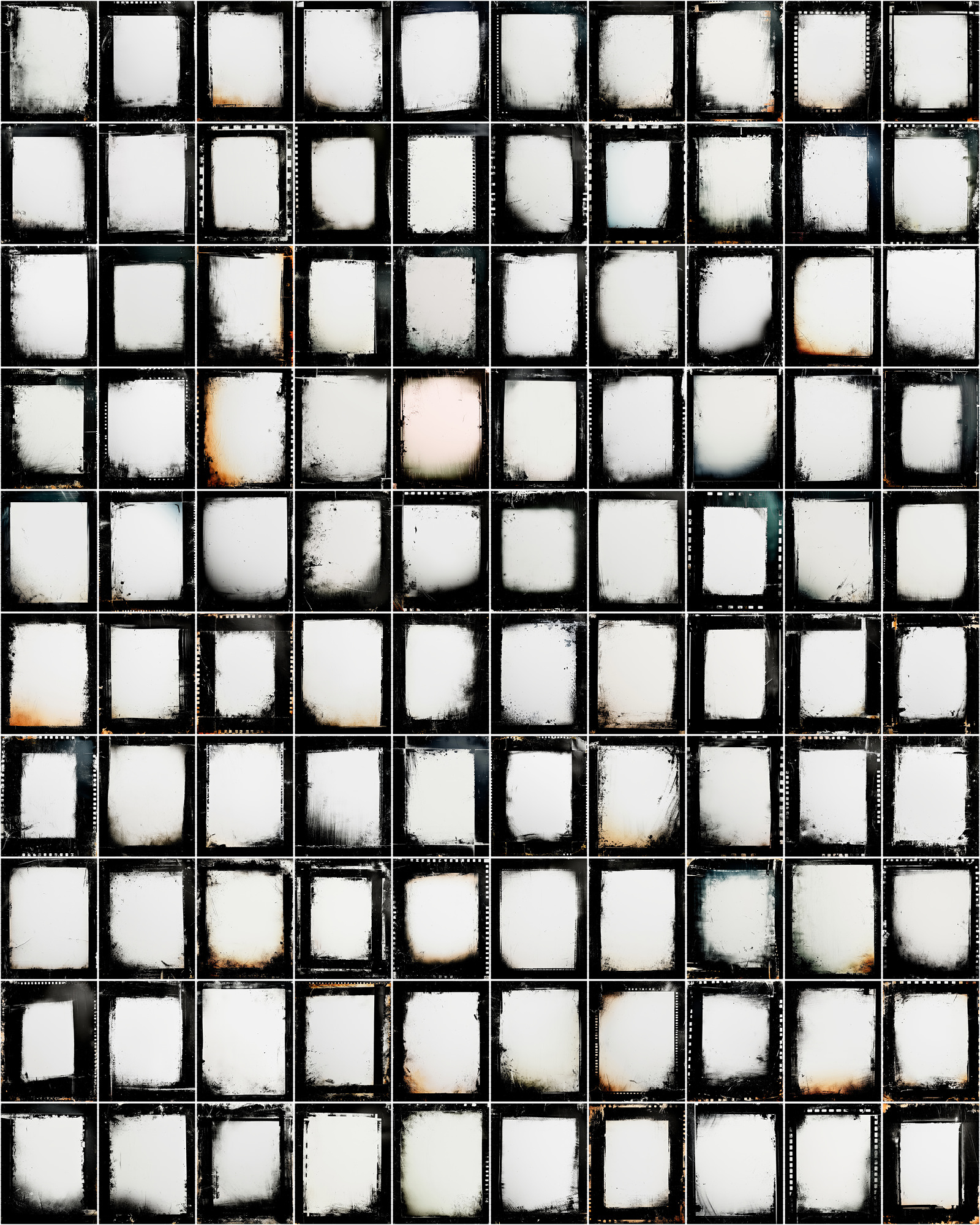
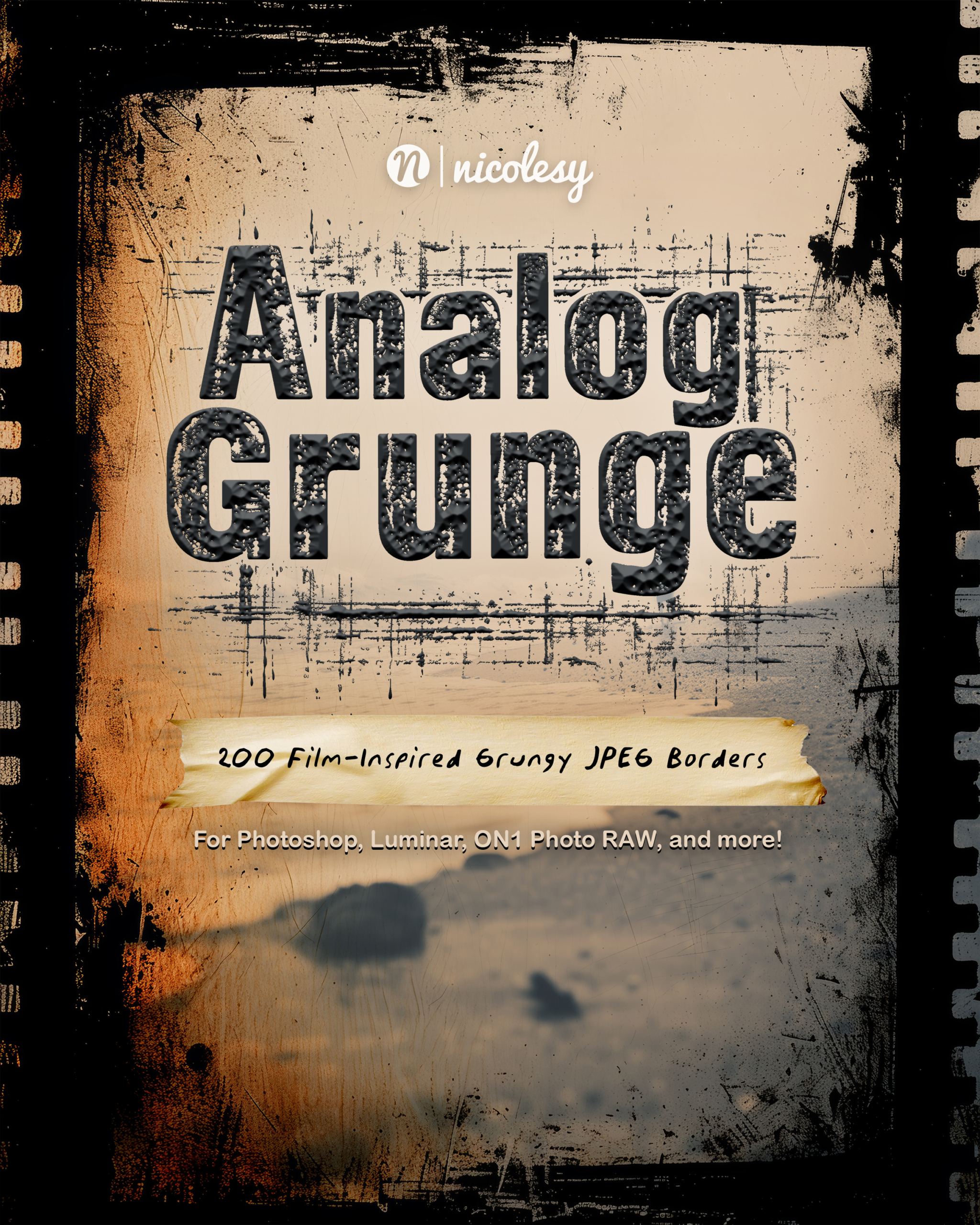
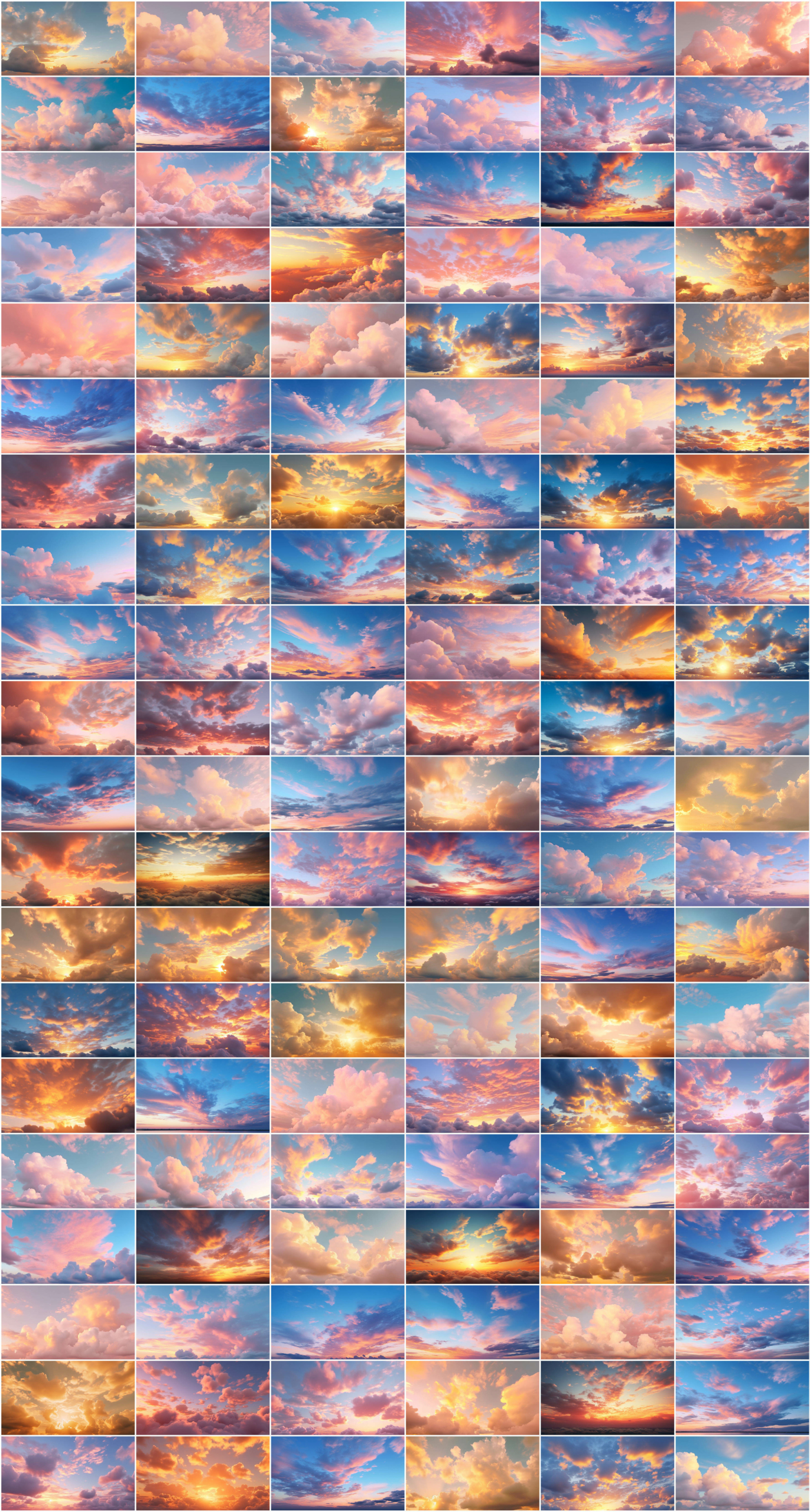


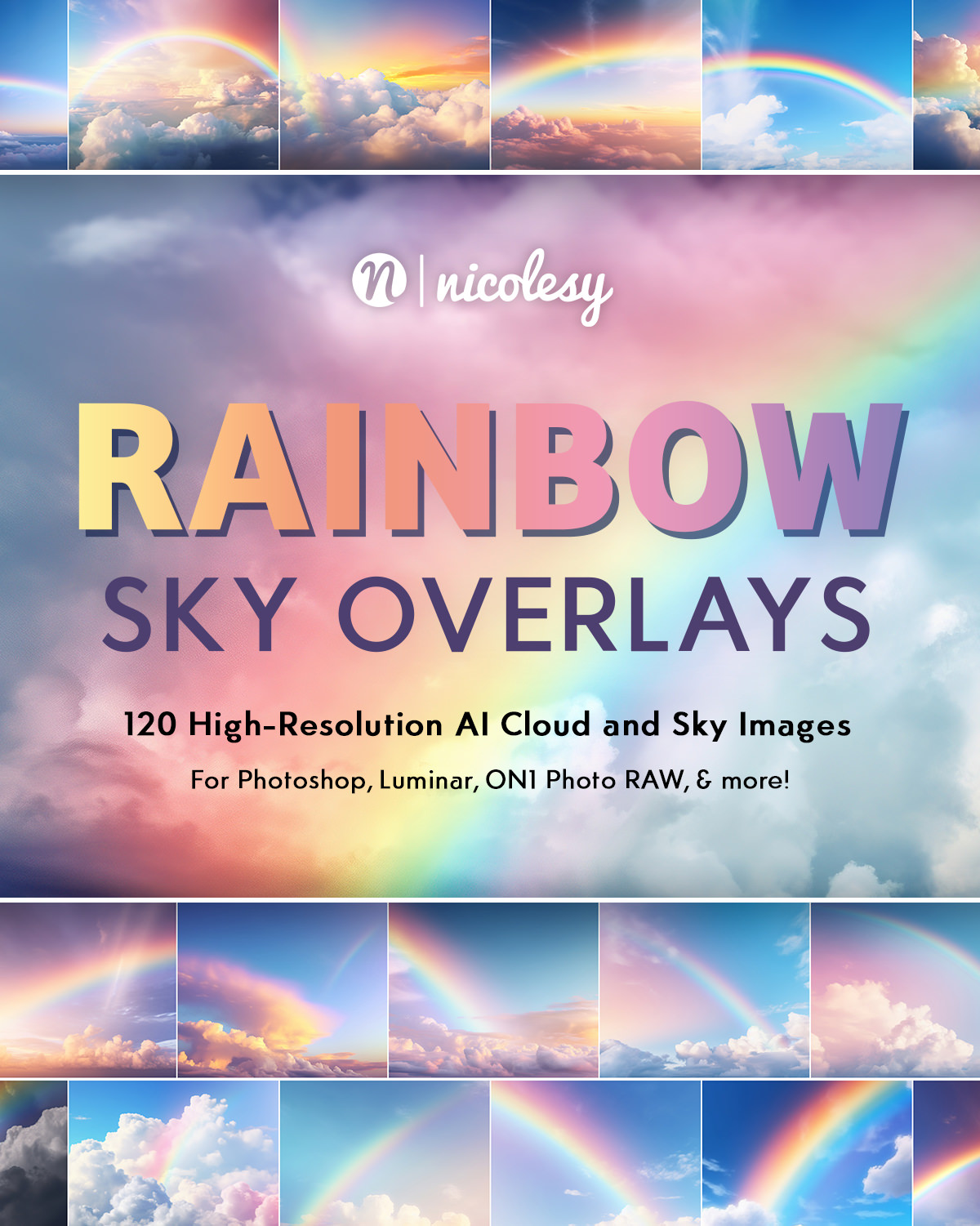
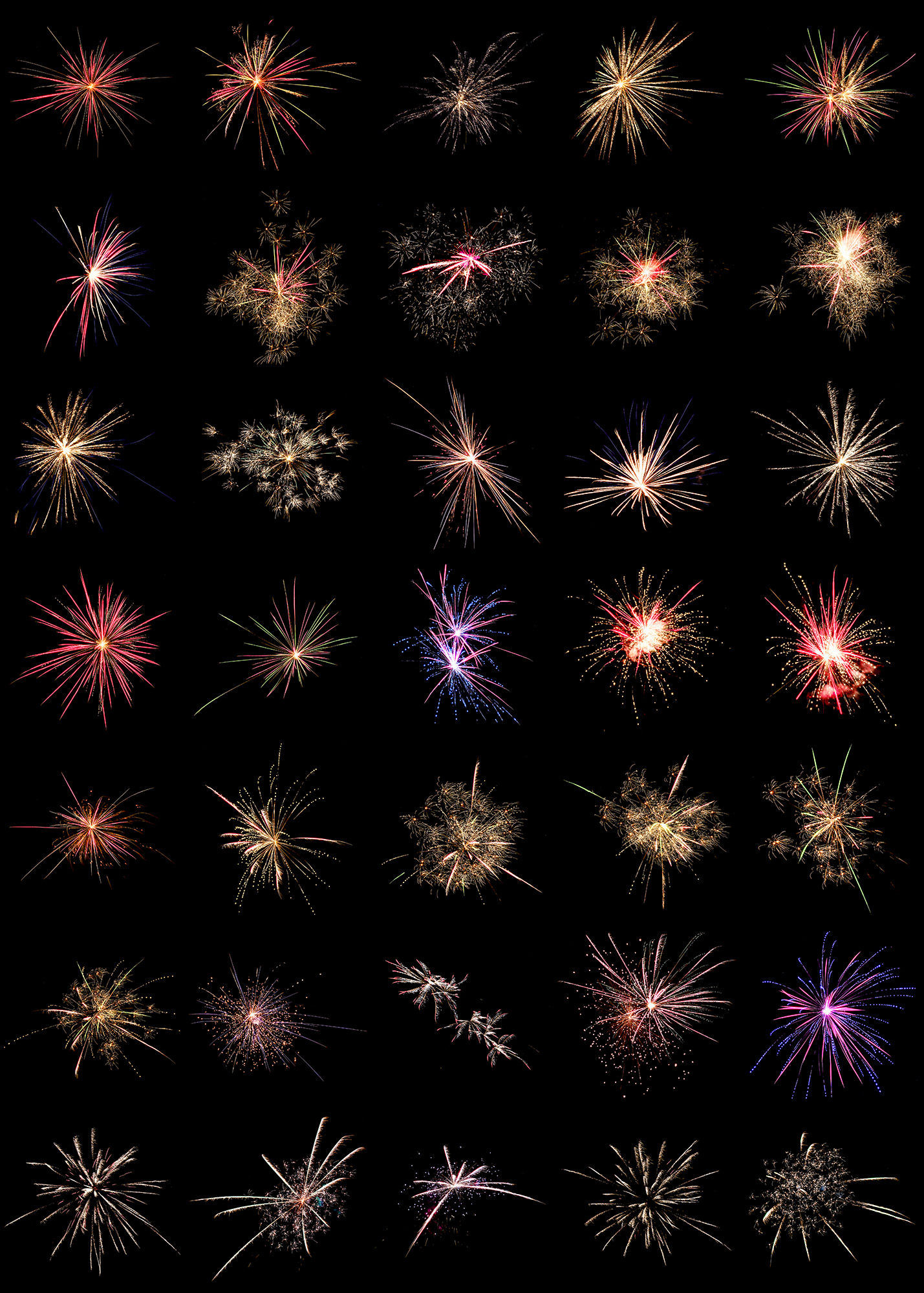
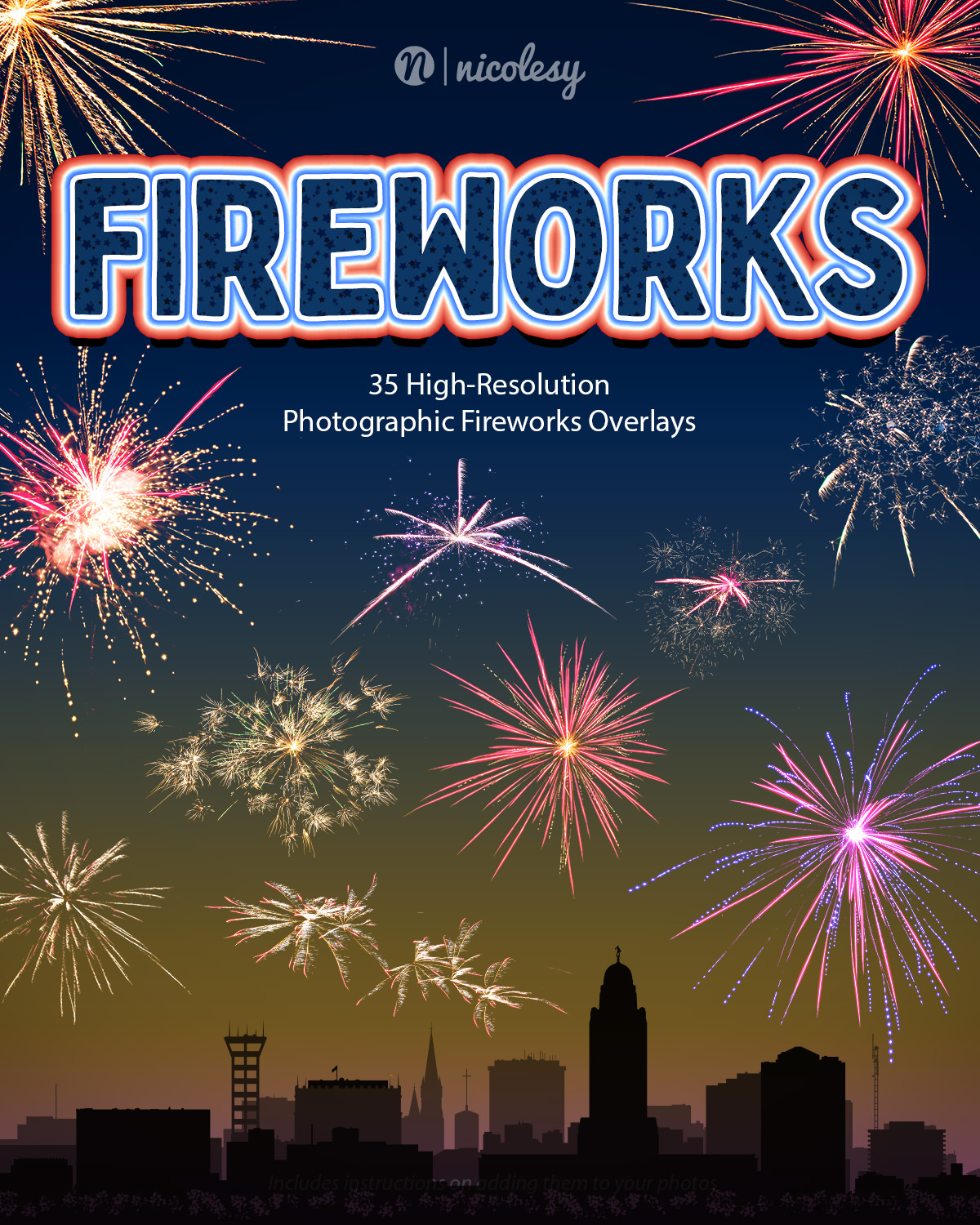
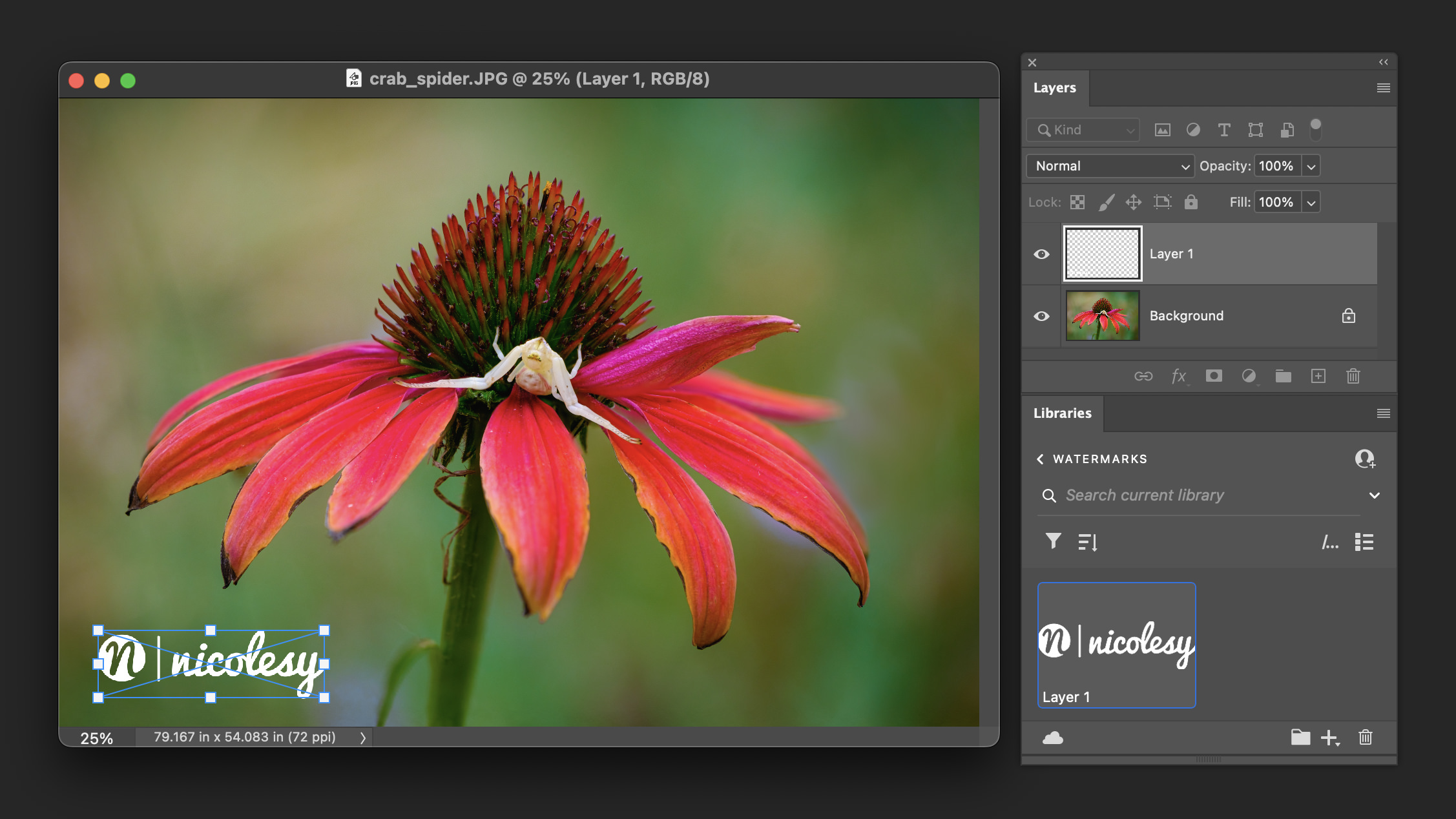
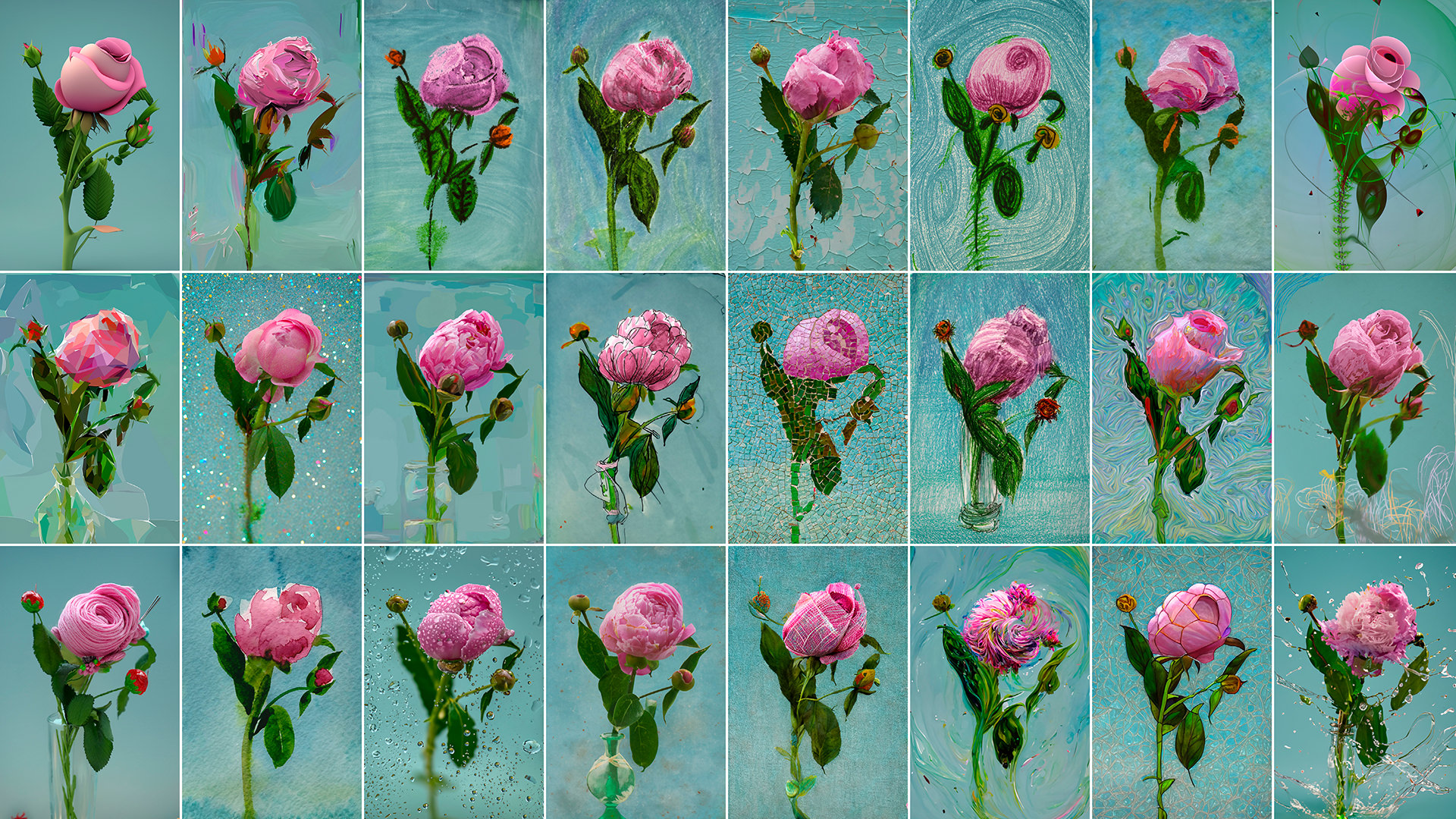
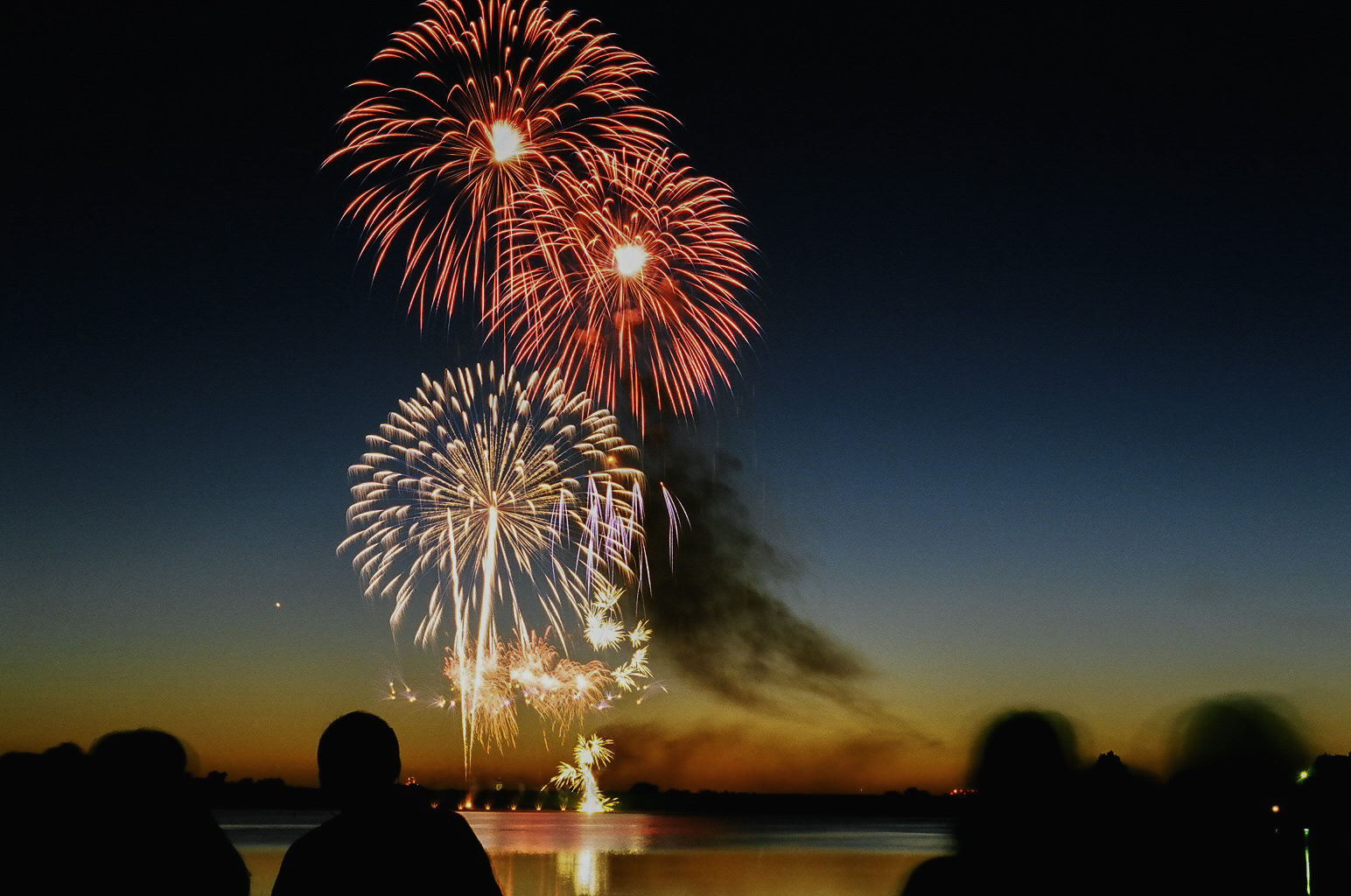
I think the “flat lay” style has become a lot more popular and common with the rise of social media platforms like Instagram aas well as a common view accompanying online recipes. As a retired commercial photographer who had the occasional food client way back when I know it wasn’t done too often. We referred to it as the “helicopter view” and clients wanted more of a still life view that told a story so usually we shot from a lower angle with plenty of props around the food.